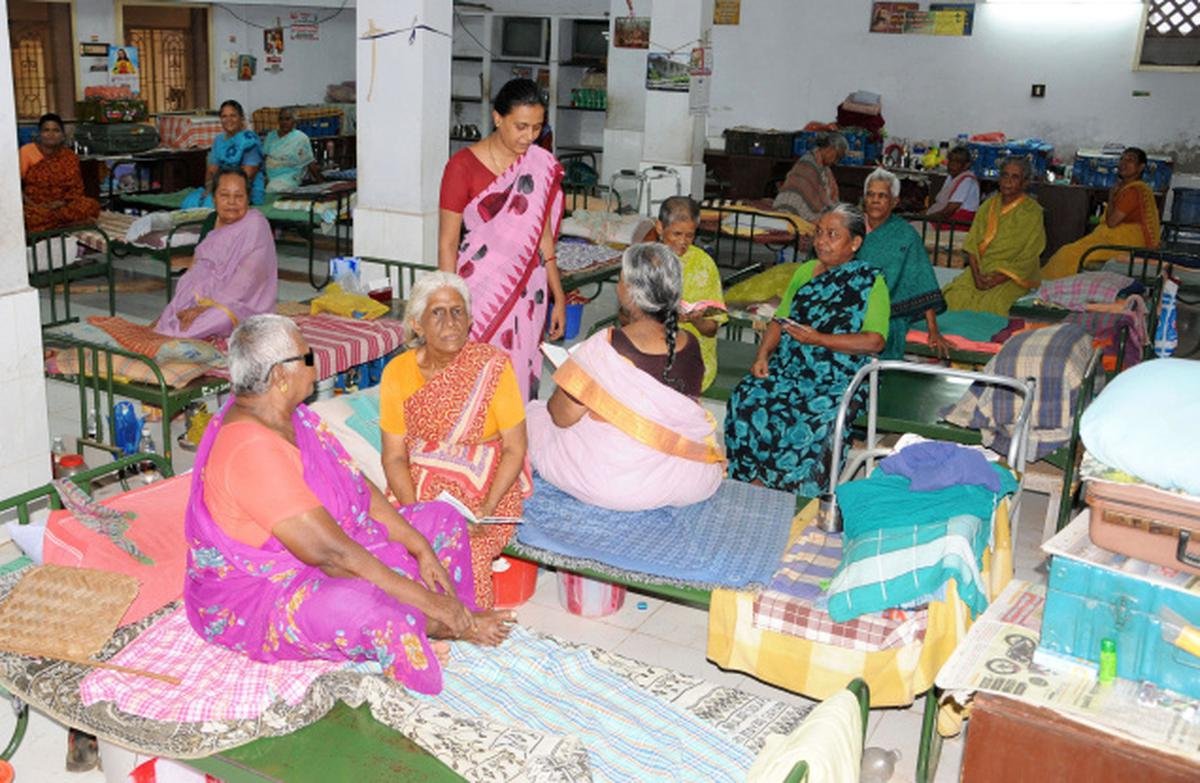Services

education assistance
Education Assistance: If we need to address healthcare, poverty, population control, unemployment and human rights, there's no better way to start than providing education to children in need. Education not only empowers children to have a secure future but also helps them grow up as responsible national and global citizens. The Right to Education (RTE) Act which came into force in 2010 made education free and compulsory for all children in the age group of 6-14 years. But even a decade later, the learning curve has not been steady for many children in the country. The socio-economic conditions of parents and lack of proper learning in schools are hindrances which prevent many children from having education.
Helping Hands Charitable Trust Mission Education works with the objective of empowering underprivileged children by providing education, nutrition, and wellness support. The programme is well aligned to the New Education
financial assistance for agriculture
Trees help to combat global warming by absorbing carbon dioxide, removing and
storing carbon while releasing oxygen back into the air.
They also reduce wind speeds and cool the air as they lose moisture and reflect heat
upwards from their leaves. It’s estimated that trees can reduce the temperature in a city
by up to 7°C. Other environmental benefits include the fact they help to prevent
flooding and soil erosion, by absorbing thousands of litres of storm water.


distribution of food assistance
The recently released Global Hunger Index 2019 report states that India scores 30.3, ranking 102 out of 117 countries in the world, being categorized into the ‘Serious Hunger’ category. The report also reveals that only 9.6% of children between 6-23 months in India are fed a minimum acceptable diet.
With 36.4% children under 5 years stunted and Infant Mortality Rate (IMR) as high as 48%, Assam continues to perform poorly in these indicators. Nearly 37% of children (aged 6-59 months) and almost 45% of pregnant women (aged 15-49 years) are anemic (Source-National Family Health Survey-4), the primary reason for which is inadequate nutritional intake.
old age home assistance
HelpAge India is a secular, not-for-profit organization in India, registered under the Societies’ Registration Act of 1860. Set up in 1978, the organization works for ‘the cause and care of disadvantaged older persons to improve their quality of life’ Help Age envisions a society where elderly have the right to an active, healthy and dignified life.
It recently became the first and only Indian organization to be honoured with the ‘UN Population Award 2020’ for its exemplary work in the field of ageing, relief efforts work during the Covid 19 pandemic and recognition of the organization’s outstanding contribution to population issues and efforts in the realization of older person’s rights in India.


orphaned children assistance
NGOs are playing a leading role in taking care of orphan and abandoned children. Since the government of India funds only 9% of child care Institutions, it is our duty to support all NGO orphanages with donations and advocacy.
To address the fall in donations for orphanages and avoid shortages, Child Protection Scheme (CPS) funding by the government should be extended to all registered CCIs, at least until the current COVID-19 pandemic situation stabilizes. the process to avail funding under ICPS is cumbersome and is released as reimbursed only. Often CCIs get reimbursed for a far lower amount given low budgetary allocations towards child protection services
professional material assistance
Although a vast amount of literature on the characteristics of public assistance recipients exists, little is known about the characteristics of the clientele of non-profits that provide material assistance. This study examines the question of who receives material assistance from non-profits.
Three panels of the Survey of Income and Program Participation (1996, 2001, and 2004) adult well-being module were used to see if the use of non-profit assistance is associated with individual and household characteristics, type of material hardship, and the use of other sources of assistance. Results show that poverty status, education, area of residence, and public program participation have a significant association with non-profit material assistance, regardless of the type of material hardship and the use of other sources of assistance.
These associations stayed relatively stable during the years of observation. It is interesting that households headed by an individual with college education were more likely than those headed by an individual without a high school diploma to receive material assistance from non-profits. These findings may help non-profits develop appropriate assistance programs and reach target populations.
